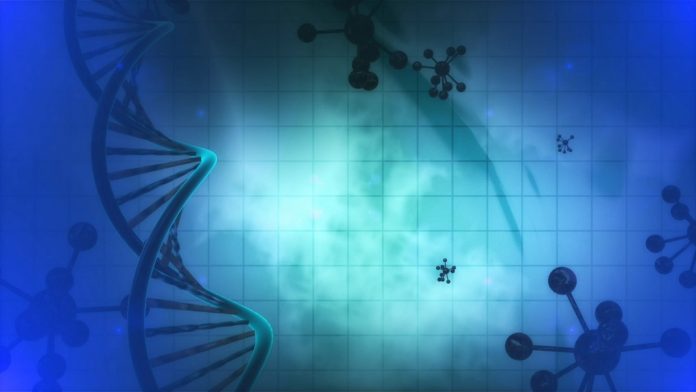
An international group of researchers have made a breakthrough in the understanding of acute lymphoblastic leukaemia, finding two cancer genes working together to trigger the disease.
Acute lymphoblastic leukaemia (ALL) is the most commonly occurring form of cancer in children, with 100 new cases reported in Belgium annually. Its long term and short-term side effects are considerable.
The team, led by professor Jan Cools of the VIB-KU Leuven Center for Cancer Biology in Belgium, took on this project to find out more about how cancer genes interact with each other, with the ultimate goal of identifying alternative therapy options without extreme side effects.
How is ALL formed?
ALL is caused by the accumulation of mutations that change the behaviour of developing immune cells, transforming them into aggressive leukaemia cells.
It has been found in recent studies that cases of ALL are often specified by mutations in a certain gene pathway known as JAK3/STAT5.
Cools said: “JAK3/STAT5 mutations are important in ALL, since they stimulate the growth of the cells. However, leukaemia patients have additional gene mutations, and we found that JAK3/STAT5 mutations frequently occur together with HOXA9 mutations.”
Identifying gene co-operation
In the new study, Cools and his team wanted to determine if the two mutations, JAK3/STAT5 and HOXA9, co-operate to push the development of ALL, and so they created a mouse model with those associated mutations (HOXA9 mutations have a well-established role in leukaemia development).
Dr Charles de Bock, from VIB-KU Leuven, said: “We examined the co-operation between JAK3/STAT5 mutation and HOXA9. We observed that HOXA9 boosts the effects of other genes, leading to tumour development.
“As a result, when JAK3/STAT5 mutations and HOXA9 are both present, leukaemia develops more rapidly and aggressively.”
This new discovery will pave the way for targeted treatments for not only ALL but also other types of leukaemia where JAK3/STAT5 could co-operate with HOXA9.
Source: VIB









